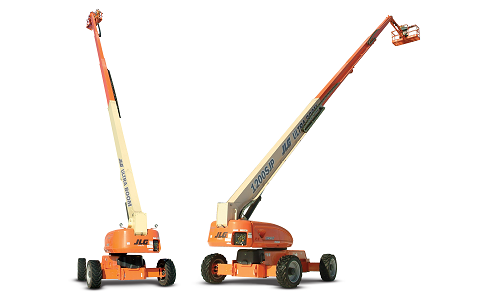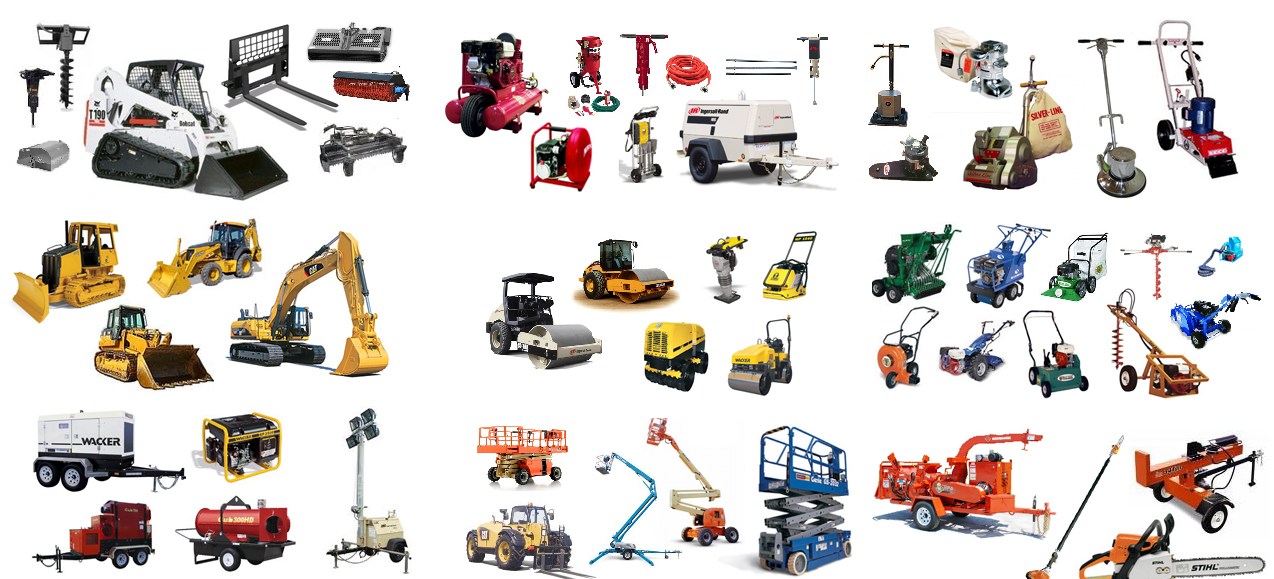Aerial Lift Rental: Versatile Training Solutions for High-Access Jobs
Aerial Lift Rental: Versatile Training Solutions for High-Access Jobs
Blog Article
Optimize Your Budget Plan by Recognizing the Expenses Connected With Building Equipment Services
Understanding the full extent of costs linked with building equipment services is vital for optimizing your budget plan. What approaches can be used to efficiently take care of these expenses and make sure an extra reliable rental experience?
Introduction of Rental Costs
When considering construction tools rentals, comprehending the associated prices is extremely important for effective budgeting and job planning. Rental prices can differ significantly based upon numerous aspects, including equipment kind, duration of service, and location. The first rental cost often mirrors the devices's market need and its connected operational capacities, influencing the general expenditure.
Along with the base rental price, supplementary costs might emerge, such as transportation costs, gas additional charges, and upkeep charges. It is important to represent these additional costs to properly analyze the overall cost of renting out tools. Additionally, the rental duration can influence rates; longer rentals may get discounted prices, while temporary leasings might incur higher day-to-day charges.

Breakdown of Rental Rates
A thorough understanding of rental prices is essential for specialists and task supervisors intending to maximize their budget plans. Rental rates for building equipment commonly include several elements, including base rates, time-based fees, and usage fees.
Base rates are the core fees connected with the rental of the devices, typically figured out by the kind and dimension of the equipment. These rates can differ substantially, influenced by elements such as devices demand, accessibility, and regional market fads. Time-based fees, which might be daily, weekly, or monthly, offer to suit different task timelines and rental periods.
Furthermore, rental rates might include usage fees, which are suitable when tools is utilized past a defined threshold, making sure that the rental business can account for wear and tear. Seasonal demand fluctuations can also influence rental prices, with peak building and construction periods generally commanding higher prices.
Additionally, comprehending the rental firm's plans relating to maintenance and insurance policy can supply more insight into the general cost framework. By analyzing these components, service providers can make enlightened decisions, guaranteeing the selection of rental devices lines up with both job demands and budget plan constraints.
Extra Charges to Take Into Consideration
Recognizing the complexities of additional costs is vital for contractors to manage their overall rental expenditures properly. Beyond the standard rental prices, different supplemental costs can significantly affect the total cost of tools rental. These costs usually include distribution and pickup costs, which can differ based on distance and logistics associated with transporting the tools to and from the work site.
Moreover, some rental companies may impose gas surcharges if the equipment is returned with less gas than when rented out. It is additionally vital to recognize possible cleaning charges, particularly for specialized devices that calls for thorough upkeep after use.

Extensively reviewing the rental agreement and clearing up these extra costs in advance can aid service providers avoid unexpected prices and guarantee that spending plans this website stay undamaged throughout the job lifecycle.
Maintenance and Repair Work Expenses
Routine upkeep and repair service expenses are typically neglected aspects that can dramatically affect the general cost of building and construction equipment leasings. When renting out devices, it is crucial to consider not just the rental costs however likewise the possible prices connected with maintaining the equipment in optimal operating problem.
Numerous rental firms include standard upkeep as part of the rental agreement; nonetheless, more unforeseen failures or substantial repairs can cause additional expenditures. It's vital to review the rental contract thoroughly to comprehend what maintenance solutions are covered and what responsibilities drop on the renter.
Moreover, equipment that is not well-maintained can cause ineffectiveness on the task website, possibly increasing and causing delays job costs. To alleviate these risks, it is suggested to perform routine assessments and keep open interaction with the rental provider pertaining to any issues that arise throughout use.
Insurance Policy and Obligation Prices
Insurance and responsibility prices are essential parts that can substantially affect the general expenditure of building devices services (heavy equipment rental). These costs ensure that both the rental firm and the customer are safeguarded from possible monetary losses occurring from mishaps, damage, or theft during the rental duration

Furthermore, clients need to know any type of deductibles or exemptions in the insurance policy, as these can impact potential out-of-pocket expenses. Understanding the terms and conditions of any kind of insurance policy coverage is vital to avoid unforeseen prices. Ultimately, budgeting for insurance policy and responsibility expenditures can assist guarantee a smoother rental experience and safeguard versus financial dangers linked with building and construction jobs.
Conclusion
In final thought, a detailed understanding of the costs connected with building and construction equipment rentals is necessary for reliable budget administration. Ultimately, educated decision-making relating to tools leasings contributes to the total success of building and construction here are the findings undertakings.
Rental costs can differ significantly based on a number of variables, including tools type, period of rental, and area (boom lift rental). The rental period can impact prices; longer services might certify for affordable rates, while short-term leasings might incur higher daily charges
By right here performing thorough study and engaging with credible rental firms, professionals can successfully browse the intricacies of rental rates, ultimately maximizing their financial sources.
Past the basic rental prices, different auxiliary charges can dramatically influence the overall price of devices rental. Rental business frequently supply obligation insurance that covers injuries to 3rd events or damages to home, while equipment damage insurance policy can cover the price of repair work or replacement if the rented out equipment is harmed.
Report this page